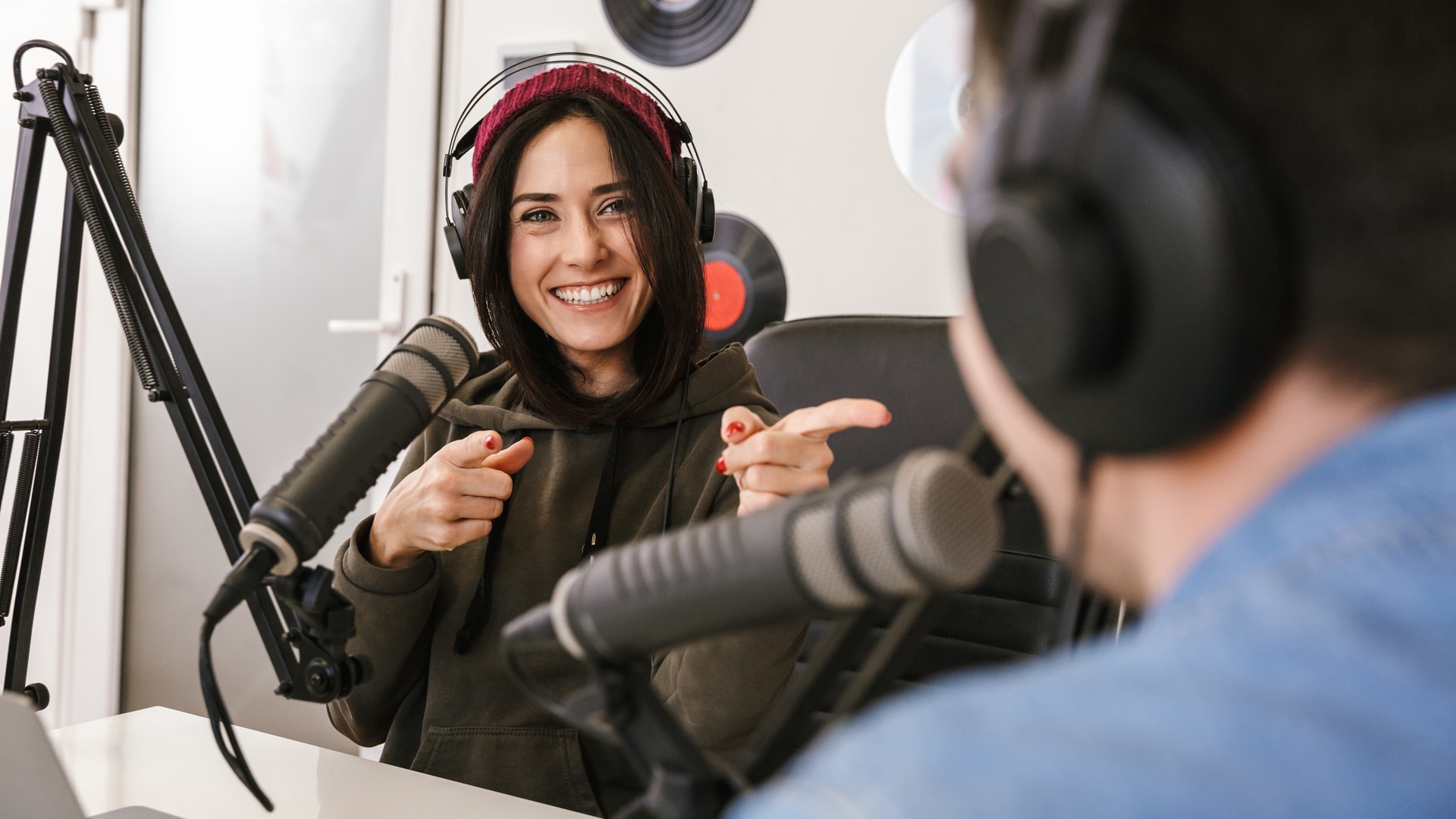
“The podcasting boom is over.” We all know that, right? We know this because it’s been reported everywhere. Since the start of the year The New York Times, Bloomberg, Vanity Fair, The Financial Times and many others have published stories about podcasting’s demise.
Advertisers and audiences missed the memo and continue to flock to podcast programming. Last year, podcasting ad revenues increased 26% — more than twice the rate of the total internet ad market, according to a new IAB report. By 2025 they are expected to hit $4 billion, up from $1.8 billion last year.
And the audience?
“I don’t understand this, like how are people talking about podcasting is not growing?” says Hetal Patel, iHeartMedia’s executive vice president of SmartAudio Intelligence. “On daily reach, every single demographic — 18 to 24, 25 to 34, 35 to 44, 45 to 54, 55 plus — have seen double-digit growth.”
Last year 62% of Americans over 12 — an estimated 177 million people — listened to a podcast. More than half of those people are now weekly podcast listeners. This year the news is even better: 183 million Americans have listened to a podcast, tuning into an average of nine podcast episodes per week, up from eight episodes in 2022, according to The Infinite Dial, Edison’s 2023 Report.
Dig deeper: Podcasts now a top channel for B2B marketing
While big audiences are great, what marketers really want is data that allows them to segment that audience and tailor content to each segment. This brings up something else “everyone knows” about podcasting: It’s not targetable or measurable. This idea is rooted in how podcasts are distributed. While some are heard on certain streaming platforms, they are mostly downloaded.
How targetable is it?
Patel understands how this idea came about.
“Podcasting, for the most part, is based in a download environment, outside of when it gets played on certain streaming services where they have server level data, right? So you have more visibility in those environments.
“In the last two years alone, we’ve made so much progress to get so much more deterministic about who you are reaching,” she says. “At iHeart, obviously, we can target by genre, we can target by age, by demographic, by location and enrich that data with information from our own app” to tell us about the audience that’s downloading on Apple and other platforms.
In addition to that, two years ago, the company launched 20 psychographic networks as part of its programmatic ad offering. They enable brands to buy across a set of shows that speak to specific consumer behaviors like the conqueror, explorer, legend, cultivator, decider, thriver, rising star, advocate, backer and intrepid.
Dig deeper: Casted adds firmographic data to its B2B video and podcast platform
“Sneakerhead is an example of one of those,” Patel says. “So if you’re trying to reach ethnic audiences sneakerheads tend to be more African American and Hispanic. I don’t think it’s so much that you couldn’t do that [level of segmentation] in podcasting before. I think it was more about we weren’t doing big enough campaigns to be able to measure that with the right thresholds.”
Brand safety
Another thing that can concern marketers about podcasts is brand safety. Unlike streaming, where shows are overseen by large companies, many of the most popular podcasts are independently produced. Can brands be sure of the content’s suitability?
Yes, says the IAB.
“Last year, the podcast industry made great advancements in brand safety and suitability targeting solutions via contextual transcript analysis including the opportunity to exclude individual podcast episodes,” they wrote. “As a result, advertiser awareness of these solutions are expected to grow and thus, advertisers will be more likely to tap into them.”
Patel says this technology also helps find content and content producers who are in synch with a brand’s values.
“It’s one thing to say these are 10 words I don’t want to be aligned with,” she says. “But it’s another thing to say and by the way, I want to be aligned around these things.”
IHeartMedia is using an AI-powered program that analyzes transcriptions of every podcast for the tone and context of the content.
“This gives you 35 attributes about this content,” she says. “You want to run next to content that’s uplifting? This is how you can do that. You want to run next to content that is XY&Z? You can do that.”
Get MarTech! Daily. Free. In your inbox.




